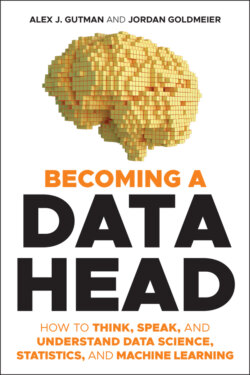Читать книгу Becoming a Data Head - Alex J. Gutman - Страница 19
The 2016 United States General Election
ОглавлениеOn November 8, 2016, the Republican candidate, Donald J. Trump, won the general election of the United States beating the assumed front-runner and Democratic challenger, Hillary Clinton. For the political pollsters this came as a shock. Their models hadn't predicted his win. And this was supposed to be the year for election prediction.
In 2008, Nate Silver's FiveThirtyEight blog—then part of The New York Times—had done a fantastic job predicting Barack Obama's win. At the time, pundits were skeptical that his forecasting algorithm could accurately predict the election. In 2012, once again, Nate Silver was front and center predicting another win for Barack Obama.
By this point, the business world was starting to embrace data and hire data scientists. The successful prediction by Nate Silver of Barack Obama's reelection only reinforced the importance and perhaps oracle-like abilities of forecasting with data. Articles in business magazines warned executives to adopt data or be swallowed by a data-driven competitor. The Data Science Industrial Complex was in full force.
By 2016, every major news outlet had invested in a prediction algorithm to forecast the general election outcome. The vast, vast majority of them by and large suggested an overwhelming victory for the Democratic candidate, Hillary Clinton. Oh, how wrong they were.
Let's contrast how wrong they were as we compare it against the subprime mortgage crisis. One could argue that we learned a lot from the past. That interest in data science would give rise to avoiding past mistakes. Yes, it's true: since 2008—and 2012—news organizations hired data scientists, invested in polling research, created data teams, and spent more money ensuring they received good data.
Which begs the question: with all that time, money, effort, and education—what happened?3
